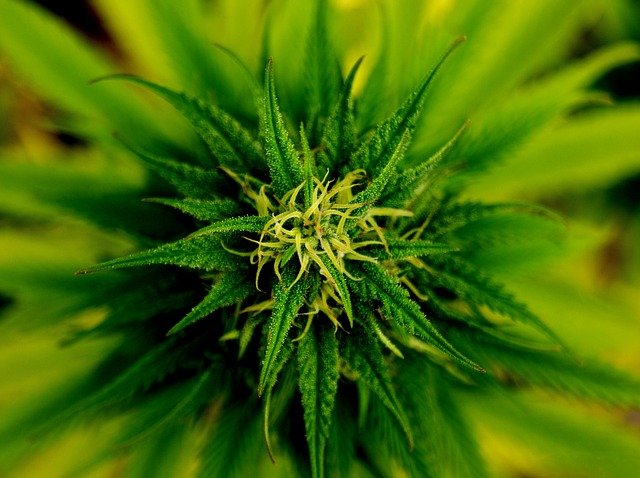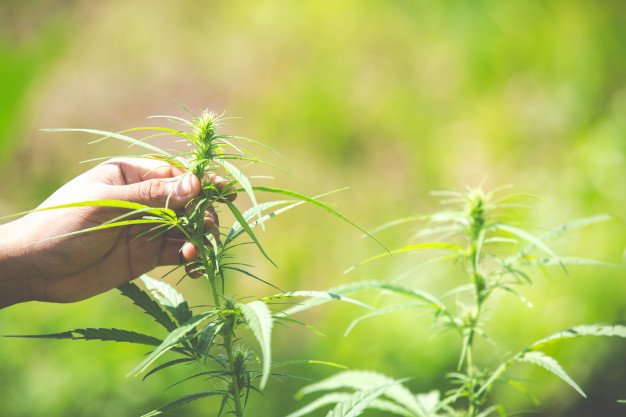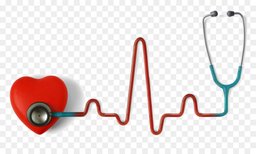The first cause of death worldwide

Today I will share basic knowledge of The first cause of death worldwide is cardiovascular disease, accounting for approximately 16 million deaths during 2016. A relationship between the use of cannabis and the development of cardiovascular diseases has been described.
Pharmacological effects The main active substance in cannabis is Δ-9-tetrahydrocannabinol, which acts through cannabinoid receptors types 1 and 2, which are widely distributed in the cardiovascular system.
Experimental studies have documented that Δ-9-tetrahydrocannabinol has an influence on the metabolism of glucose and lipids, in addition to stimulating the sympathetic nervous system. [5,6] Therefore, it had been proposed as a new, but underestimated. cardiovascular risk factor.

Possible effects of cannabis use on cardiovascular health: currently none with sufficient evidence to definitively assess their association.
Acute myocardial infarction MIOS (Determinants of Myocardial Infarction Onset Study) questioned cannabis use in patients who had had acute myocardial infarction and found that among the group of consumers the risk of presenting it was greater in the first hour after its use. [7]
In a study that included 138 men under 40 years of age who had suffered an acute myocardial infarction, 27% obtained a positive result in the urine test for cannabis. [8] In addition, a literature review can be found multiple case reports where a possible relationship between cannabis use and the development of heart disease is proposed. [9,10,11] However, there are also other studies that suggest a potential benefit of Δ-9-tetrahydrocannabinol over cardiovascular risk, mainly in the long term. [12,13,14]
Atrial fibrillation
Adrenergic stimulation derived from cannabis use is associated with increased automatism, triggered activity and micro-re-entry, which are substrates for the development of atrial fibrillation. In a series of cases of young patients (24 years of age average) an association was documented between recent cannabis use (on average 1.5 hours after smoking marijuana) and the appearance of atrial fibrillation.
In all cases, accompanying symptoms were reported and episodes of atrial fibrillation were limited to a maximum of 12 hours, without recurrence, probably associated with the suspension of drug use. [15]
Despite the apparent association between atrial fibrillation and cannabis use, the exact incidence of arrhythmia and possibly associated thromboembolic events are so far unknown. [16]
Cumulative use of cannabis for life and cardiovascular disease incident in middle age
A subanalysis of the Coronary Artery Risk Development in Young Adults (CARDIA) cohort aimed to investigate the relationship between cannabis and the incidence of cardiovascular outcomes. Approximately 5,000 patients were recruited, aged between 18 and 30, who had a mean follow-up of 26.9 years.
In this cohort it was found that 84% of patients had used cannabis at some time during their lifetime. No differences were found in the incidence of cardiovascular disease between consumers and non-consumers, either with cumulative consumption and / or recent cannabis use. [17] So far, this study is the most extensive on the relationship of cannabis and cardiovascular disease.
Is it possible to establish a relationship?
Contrary to the evidence proposed by retrospective studies and case reports regarding the association between cannabis and cardiovascular events, prospective studies such as CARDIA have failed to prove this relationship. Even, having described in other studies a decrease in long-term cardiovascular risk.
Among the weaknesses of the available evidence are the evaluation of a single way of consumption (smoked), difficulty in isolating the influence of other drugs frequently associated with its use, such as tobacco and cocaine, a possible underreporting of events due to lack of search for medical care, and omission of information during interrogation, so it is not possible to determine the net effects of cannabis use on cardiovascular health so far.

Cardiologists face the challenge of properly interpreting data on the cardiovascular effects of cannabis use; It is necessary to design studies with sufficient statistical power to clarify this relationship. At the moment we have a comprehensive, evidence-based and prejudice-free approach to the cardiovascular health effects of the most widely used drug in the world.
Mechanism of action
Marijuana contains more than 400 different chemical compounds, of which approximately 60
They belong to the group of cannabinoids. According to their nature, three types of cannabinoids are recognized:
herbal or naturally synthesized cannabinoids by the cannabis plant; endogenous cannabinoids produced by animal organisms and the human body, and synthetic cannabinoids, used for therapeutic purposes
In the 1990s they identified themselves in beinghuman proteins that act as receptors
of the cannabinoids, being called CB1 and CB2 (7). CB1 predominate in several areas of the brain, such as the ganglia of the base, cerebellum and hippocampus, and its distribution is narrow relationship with most neuropsychic effects. CB1 has also been found in the heart, in the vascular endothelium (year 2007), liver, smooth muscle cells and kidneys, while the CB2 predominate in the immune system (7). In adipocytes, bronchial epithelium and platelets there
Both types of receivers.
The main cannabinoid is tetrahydrocannabinol (THC), which reaches its maximum concentration very quickly: 7 to 10 minutes after a
inhalation. It is stimulating receptors and has
Great psychoactive power.
High dose consumption causes an exacerbation of orthostatic hypotension and is associated with vasovagal reactions. These effects can cause dizziness, syncope, falls and even injuries (8). Exists sympathetic stimulation and also parasympathetic block. In healthy subjects and during acute consumption, the electrocardiogram (ECG) is not altered (9).
Ischemic heart disease In a study of 3,882 subjects who smoked marijuana (10,11) it was found that the risk of developing acute myocardial infarction (AMI) is 4.8 times older in the first hour after inhalation and
It descends as time goes by. The mechanism is not fully clarified, but it has
postulated the complication of vulnerable atheroma plaques due to hemodynamic stress caused by
inhalation (12).
Another hypothesis raises the existence of an imbalance between the supply and myocardial demand of
oxygen: increased heart rate and peripheral vasodilation cause an increase
of cardiac output, which added to the decrease of the oxygen transport capacity due to an increase in carboxyhemoglobin generates an imbalance that could precipitate a coronary event acute, especially if there is coronary disease (8).
However, many are young with normal coronaries and marijuana has not shown
accelerate or favor atherosclerosis (13). Research is ongoing with animal models under treatment with cannabis in a systemic way that paradoxically have found beneficial effects on the progression of atherosclerosis.
Nor has it been proven that cannabinoids possess thrombogenic capacity and there are studies that would even show platelet antiaggregant activity.
After an AMI, mortality is significantly higher in those who smoke marijuana at
less once a week than in non-smokers, and
The more frequent the weekly consumption, the greater
It is mortality. People with ischemic heart disease are at greater risk of death if they are consumers.
Arrhythmias
Palpitations are a frequent symptom and are attributed to sinus tachycardia, ventricular extrasystoles, or both. The prevalence of atrial fibrillation (AF) in this group of patients It is still uncertain. According to Korantzopoulos, the increase in AF case reports indicates an association between marijuana use and this arrhythmia. Thanks, these are cases that are currently being studied, preventive measures must be taken for the indiscriminate use of cannabis as it can be very harmful to health in high doses.